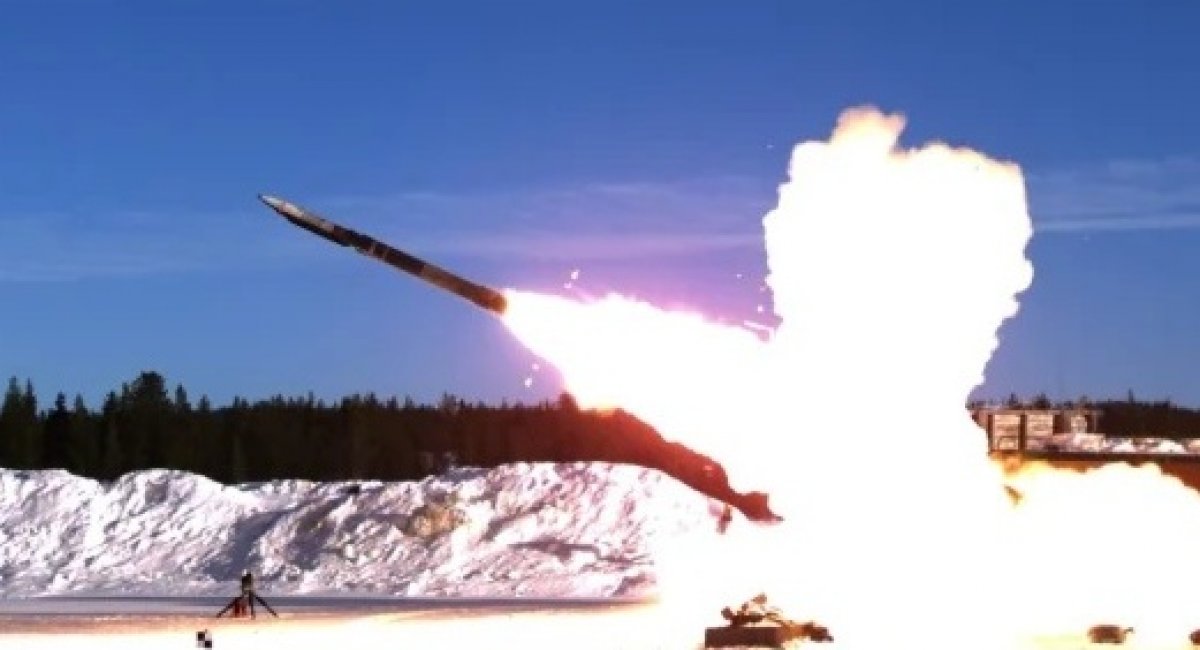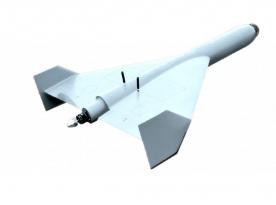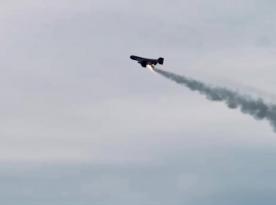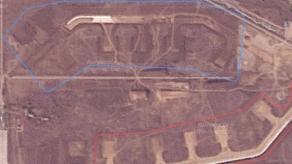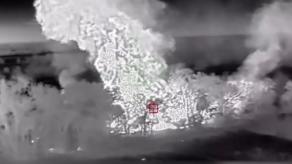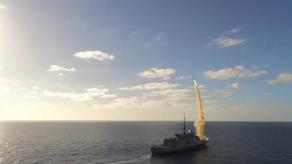First Ground-Launched Small Diameter Bombs (GLSDB) will be delivered to Ukraine this winter, Global Defense reports, citing an official at Boeing:
"We're on track to deliver in accordance with the government time line," said Jim Jeary, Senior Director for Business Development, Space, Intelligence, & Weapon Systems at Boeing, as quoted.
Read more: When Ukraine Will Receive GLSDB Missiles, the Alleged Shooting Down of Which the russians Have Already Hurried to Report
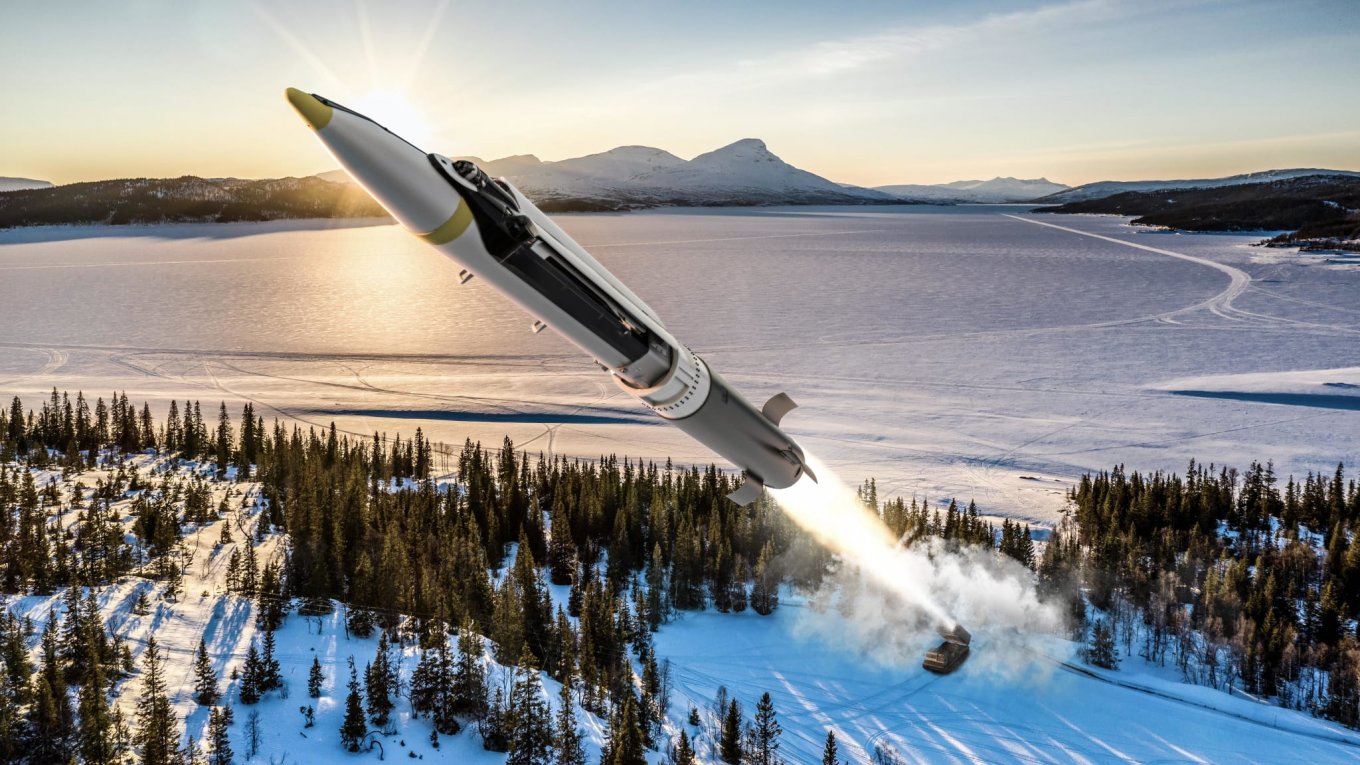
The mentioned timeline might have been drawn by Pentagon's Deputy Assistant Secretary Laura Cooper previously this summer: "The earliest is this fall," she assessed during a hearing at the U.S. Congress.
Initially, the provision of GLSDBs to Ukraine was announced in early February 2023, the bombs were sponsored under the USAI program which meant they had to be produced first, instead of going straight from the Pentagon's storage. The delay was connected to the need to crank up the production.
As a reminder, GLSDB is a weapon designed jointly by Boeing and Saab. They combined the M26 rocket engine with the GBU-38 bomb, turning it into a precision-guided ground-launched tactical missile.
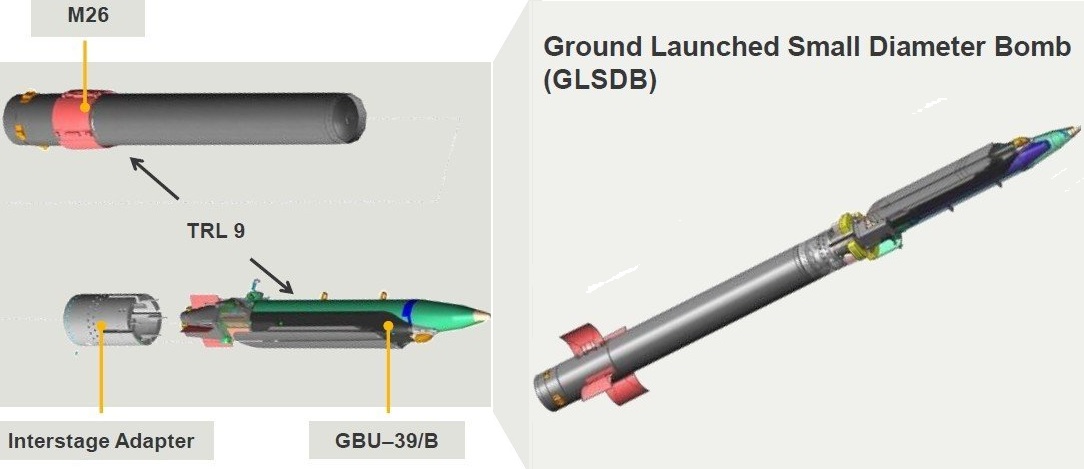
These bombs can be deployed by HIMARS, M270 self-propelled launchers, and their variants, known as the MARS II in Germany or the LRU in France – all of the mentioned are currently in service with the Armed Forces of Ukraine.
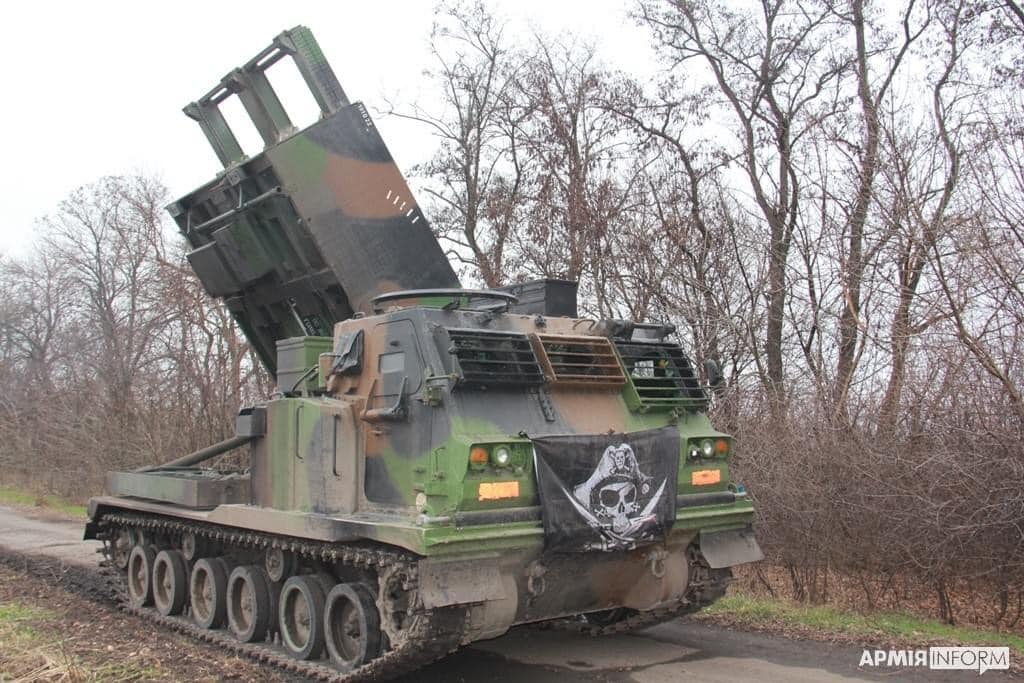
At the moment, these rocket systems only have one type of missile to use: the GMLRS with an attack range of 70+ km. On the other hand, the GLSDB can travel as far as 150 km, practically double the digit.
This will not only make HIMARS/M270 twice as deadly but also improve their safety, since there will be fewer times they have to approach the very frontline for strikes on important targets.
Worth noting, while the GLSDB debate has been in full swing in the US, Ukraine got Storm Shadow/SCALP missiles from the United Kingdom and France. Speaking at Congress, even Laura Cooper mentioned them as having a larger range and showing good results.
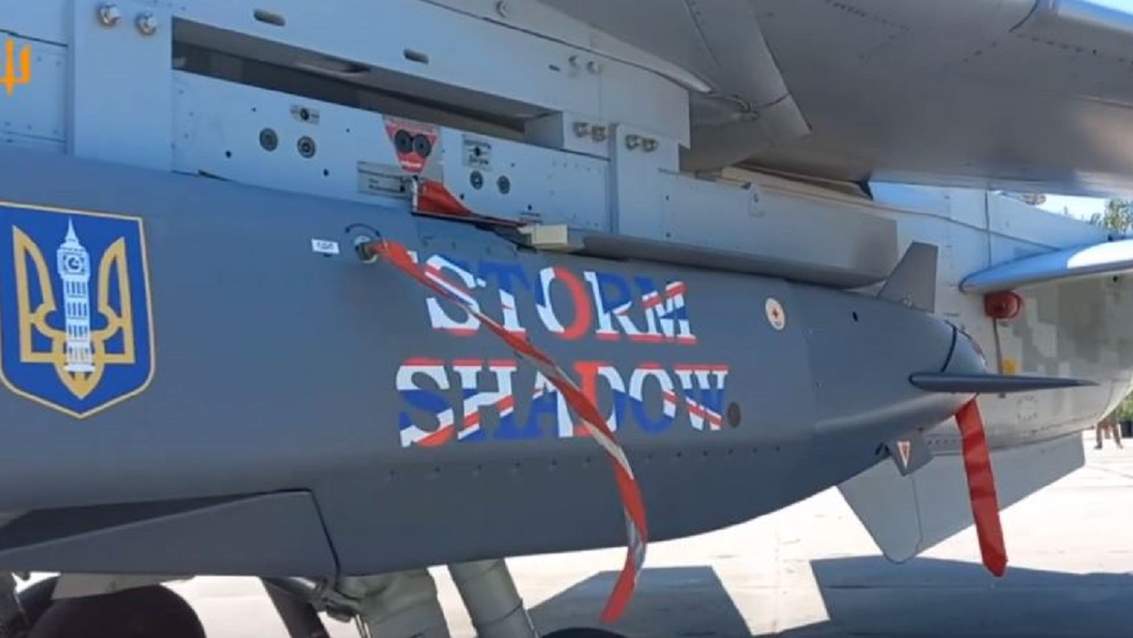
With a range of over 250 km, Storm Shadows have indeed proved themselves in the attacks on Crimea, most notably when they destroyed the russian Rostov-Na-Donu submarine and reportedly were used to strike the Black Sea Fleet HQ this September.
However, they cannot replace the 150-mk GLSDB or 300-km ATACMS, primarily, because the russians have anti-aircraft systems able to counter Storm Shadow cruise missiles. In contrast, ballistic trajectory makes GLSDB impossible to intercept by air defense systems without anti-missile capability. And russians are very short on these.
Read more: Ukraine’s Air Force Spokesman Says Storm Shadow Missiles are Working, But Ukraine Needs ATACMS




